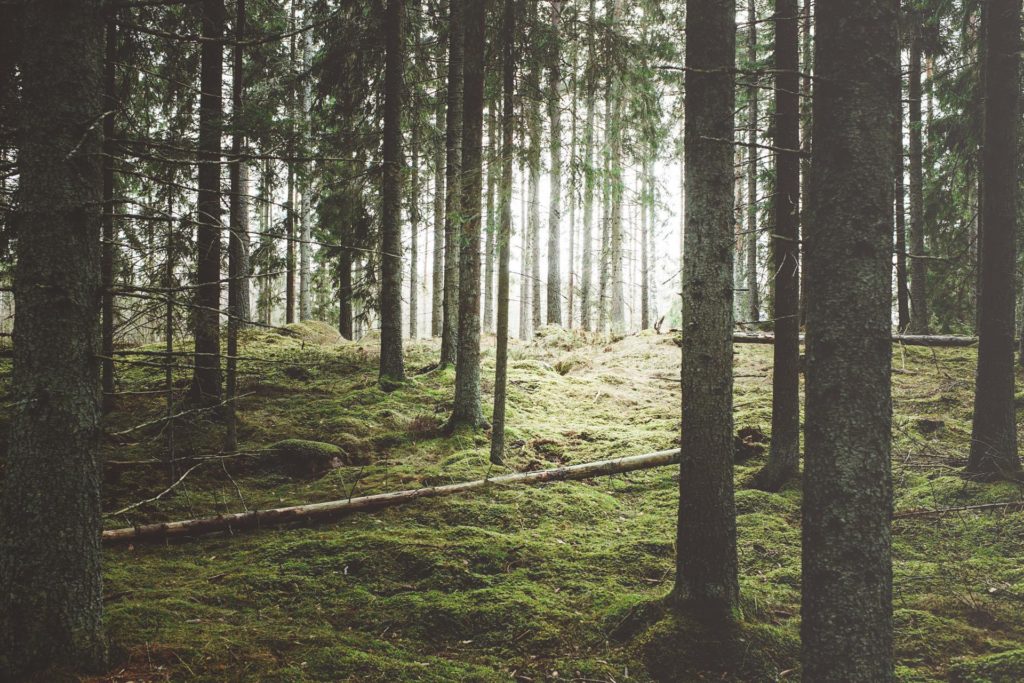
In the future, the management of city-owned forests will focus on environmental values and the use of nearby nature by the residents. The Turku Forest Plan for 2019–2029 was approved by the Urban Environment Committee on the 8th of October in 2019. The plan will guide the management and felling of forests owned by the City of Turku in the coming years.
Purpose
The general objectives of the forest plan are to safeguard biodiversity, mitigate climate change, improve the recreational potential of forests and the economic benefits of forest management.
The forest plan excludes all forests over 130 years of age from felling and increases the amount of decaying wood. Logging is not carried out during the bird’s nesting season, except for a particularly justified reason. The plan pays special attention to the preservation of valuable natural sites and protected species, as well as to the protection of the habitats and transport links of the flying squirrel. The total number and value of tree stands and the carbon reserves of tree stands will increase.
Previously, Turku’s logging target for annual forest growth was 60%. The board decided to lower the level significantly. The new target is 40%. The decision will increase the carbon sequestration capacity of forests by several thousand tons in the next few years.
Results
Continuous-cover silviculture increases diversity.
Turku’s forests are managed on the principle of continuous-cover silviculture. There is no clear-felling in the forests, so they retain their forest-like character at all times. Continuous-cover silviculture preserves or restores the natural structure of the forest, resulting in varying tree stands and undergrowth of different ages. There are many small trees in the forests and as the size of the trees increases, their number decreases. Large deciduous trees are left in the forests to adorn the landscape and nurture diversity. High quality large trees will also be left as the gene bank of the future.
In continuous-cover silviculture, forests function as natural ecological corridors that many forest species need. Open felling and seeding stands cut off connections between sparsely wooded sites. Many forest species would need wooded routes between protected areas. From the perspective of biodiversity and ecosystem services, continuous-cover silviculture is by far the best method of forest management.
The forests of the city of Turku cover a total of 4,846 hectares. The forest plan covers 4,295 hectares. The carbon sequestration of the forests included in the forest plan is now more than 30% higher than it would have been under previous logging targets, and more than 15,000 tonnes of CO2 are sequestered each year.
Implementation
Forest of continuous-cover silviculture
– No clear-felling
– Felling is carried out by top thinning
– Undergrowth and small trees are saved and promoted
– Preserves its diversity and true essence despite felling
– Opportunities for outdoor activities, berry picking, mushroom picking and recreation are maintained
– Acts as a carbon sink and curbs climate change
Managing forest land in a way that sets targets for the combination of biodiversity, climate mitigation, recreational public use and financial returns is an innovative way for a city to increase the value of the forest ownership beyond traditional financial benefits. Detailed goals and practices for forest management are needed to achieve the set targets and training to all parties involved from decision making to forest management are also necessary in order to change from previous practices to this new holistic approach. This Planet Act is scalable to organizations or private individuals who are forest owners.

Responses